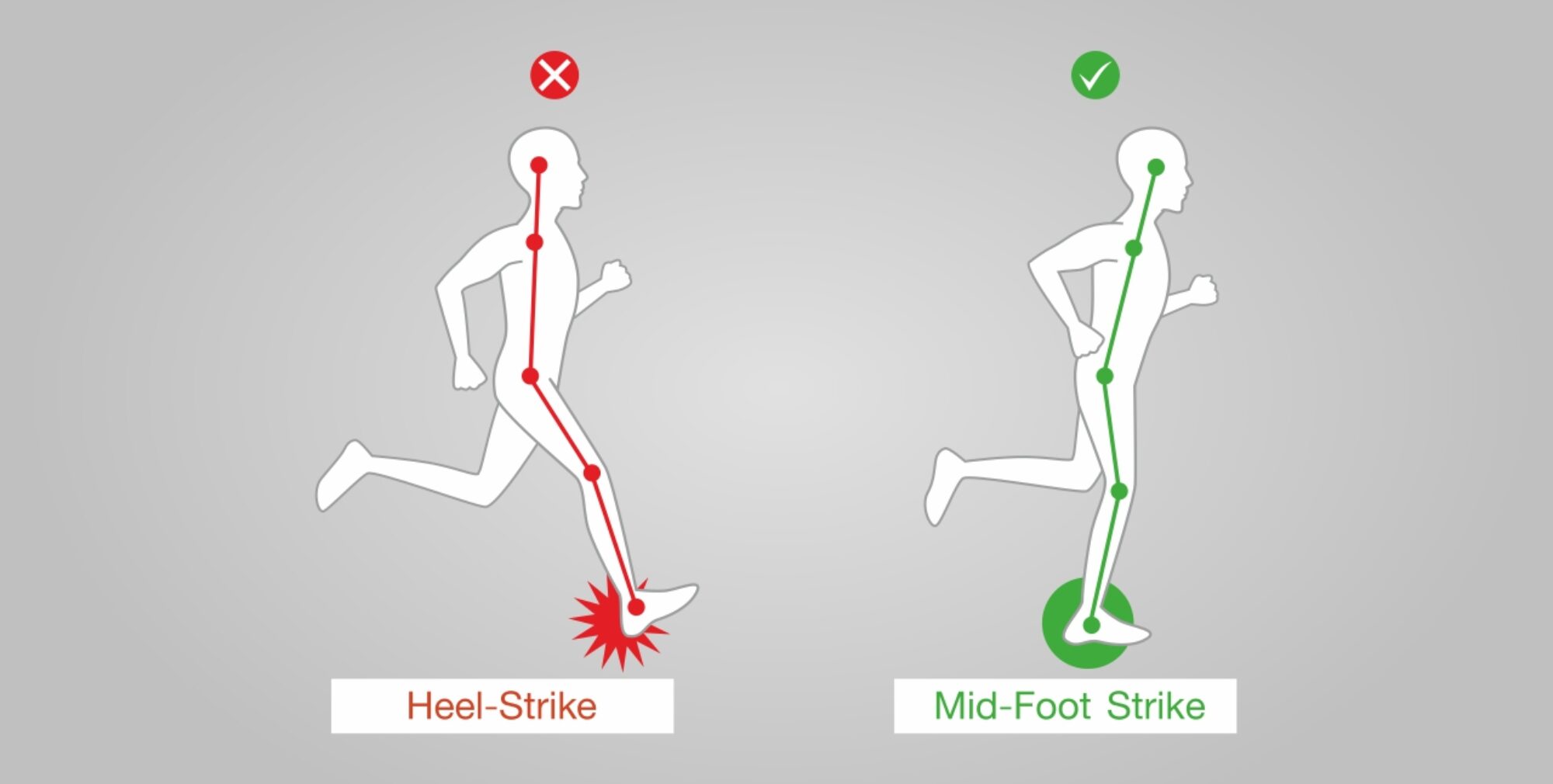Heart rate base training is a type of training that uses your heart rate to monitor your intensity and ensure that you are training in the right zones. It is a very effective way to improve your running performance, reduce your risk of injury, and avoid overtraining.
Why is heart rate base training important for runners?
Your heart rate is a good indicator of how hard you are working. When you run, your heart rate increases to meet the increased demand for oxygen. By monitoring your heart rate, you can ensure that you are running at the right intensity for your goals.
There are five main heart rate zones:
- Zone 1: Very easy effort, conversational pace
- Zone 2: Easy effort, slightly harder than conversational pace
- Zone 3: Moderate effort, feeling like you are working but can still talk in complete sentences
- Zone 4: Hard effort, breathing heavier and can only talk in short phrases
- Zone 5: Very hard effort, breathing very hard and can only talk in a few words
Each heart rate zone is associated with different physiological benefits. For example, running in Zone 2 helps to build your aerobic base, while running in Zone 4 helps to improve your speed and lactate threshold.

Benefits of heart rate base training for runners
Heart rate base training has many benefits for runners, including:
- Improved running performance: Heart rate base training helps you to train in the right zones to improve your aerobic capacity, speed, and lactate threshold. This can lead to faster race times and improved running performance overall.
- Reduced risk of injury: Heart rate base training can help you to avoid overtraining and reduce your risk of injury. When you overtrain, your body does not have enough time to recover, which can lead to injuries such as stress fractures and overuse injuries.
- Improved recovery: Heart rate base training can help you to recover more quickly from workouts and races. This is because it helps to keep your heart rate in a manageable zone, which reduces the amount of stress on your body.
How to do heart rate base training
To do heart rate base training, you will need a heart rate monitor. There are many different types of heart rate monitors available, so you can choose one that fits your budget and needs.
Once you have a heart rate monitor, you need to determine your heart rate zones. There are a few different ways to do this, but the most common method is to use the Karvonen formula:
Max heart rate = 220 - age
Resting heart rate = (heart rate when you first wake up in the morning)
Heart rate reserve = max heart rate - resting heart rate
Zone 1: 50-60% of heart rate reserve
Zone 2: 60-70% of heart rate reserve
Zone 3: 70-80% of heart rate reserve
Zone 4: 80-90% of heart rate reserve
Zone 5: 90-100% of heart rate reserve
Once you know your heart rate zones, you can start to plan your workouts. A typical heart rate base training plan will include a mix of easy runs, tempo runs, and interval workouts.
- Easy runs: Easy runs should be done in Zone 1 or Zone 2. These runs should be conversational paced and should help you to build your aerobic base.
- Tempo runs: Tempo runs should be done in Zone 3. These runs are slightly harder than easy runs and help to improve your speed and lactate threshold.
- Interval workouts: Interval workouts involve alternating between periods of hard running and periods of easy running or recovery. Interval workouts can be done in any heart rate zone, but they are typically done in Zone 4 or Zone 5.
Tips for heart rate base training
Here are a few tips for heart rate base training:
- Start slowly and gradually increase the intensity and duration of your workouts over time.
- Listen to your body and don’t push yourself too hard.
- Make sure to warm up properly before each workout and cool down afterwards.
- Stay hydrated and eat a healthy diet.
Heart rate base training is a great way to improve your running performance and reduce your risk of injury. If you are serious about running, I encourage you to give it a try.

